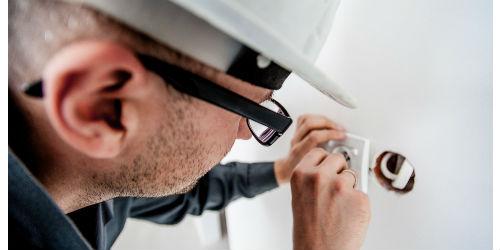 Classrooms are spaces that allow the integration of different audiovisual solutions to improve the experience of students and generate greater interactivity between them and teachers.
Classrooms are spaces that allow the integration of different audiovisual solutions to improve the experience of students and generate greater interactivity between them and teachers.
Juan Tamayo*
In a society where we want to have the latest technological developments, we think of Wi-Fi networks, LiFi, Bluetooth, students come to class with their cell phone, tablet and computer waiting to take note (I was from the generation of the notebook and teacher repeats me please), where classes are taught by doctors (PhD) who unfortunately do not know how to configure a video projector. But quiet reader friend, this article is not written to scold the teacher or student. In this writing you will find a guide to what you should and should not do, technically speaking, in a classroom.
Let's start with the boards, just a few years ago, no more than 15, the students saw those black or green boards, and the chalk that was not missing, teachers painted in colors was even funny. These boards were accompanied by projectors of filminas and acetates that had something in common, in both cases the use of the screen was respected.
With the introduction of the video projector and erasable marker boards, the educational room designers decided that both the board and the projection area could be the same. But they were wrong. If the surface of the board is acrylic, it generates a high non-uniform reflection, this means that the light energy of the video projector is lost in a high percentage when it bounces on the surface of the board. Simply put, it doesn't look good.
I clarify that this happens in acrylic boards, since Smart Boards or smart boards do not have this problem, because their surface is designed to project the image of a video beam, they are usually short throw so that the exponent does not generate shadow in it, its limitation is the size of the screen, it is smaller than a conventional video projection screen. They must be thinking, do rooms that have video projectors require a screen? The answer is yes, the screens are designed to deliver maximum light energy to the public area. There are various types and budgets, do not sacrifice the image to save a few dollars.
Tips for the video projector
We talk a little about video projectors and image quality, which is defined by several factors, but one of the most important is the transmission medium, whether wired or wireless. I will not discuss which is the best or the worst, but I will give some tips that can help you in the selection. Some designers and installers claim that RGB-HV or VGA cables are sent to pick up, that they are obsolete and useless. I can answer you that you are wrong.
A high-quality RGB-HV cable can deliver images in high resolution (enough for any classroom). Does installing the cable require an inch and a half pipe so that the connector can travel through it? In the wiring industry there are all kinds, a professional cable allows to assemble the connector in the cable, so a good cable is easy to install and its maintenance is relatively simple.
Now HDMI came to the industry to stay and started with home entertainment systems. That's why an HDMI cable is more likely to fail over long distances compared to RGB-HV. But in the market there are amplification systems through HDMI-UTP Cat6 converters (the same for RGB-HV) that work very well, and just like the VGA 15-pin connector. On the market are solutions where the installer can assemble the connector after installing the wiring.
Now, there are also wireless solutions, either by Wi-Fi or Bluetooth, the first being the most common. Although these systems have improved a lot compared to the first versions of a few years ago, they still have a long way to go to achieve the same effect that a cable achieves, and their resolution is much lower (although for classrooms, high resolution is not always necessary, unless they must perform analysis on very defined images), let's not talk about transmission delays and program settings on the computer.
My advice as a designer and installer is, if you are going to install a video projector in a classroom, use cable to do it, and if you can install RGB-HV and HDMI it would be ideal, although the trend is that computer production companies are more inclined to the latter option. Do not forget to please install face plate or connection places where the educator can connect the equipment. Continuous cables can be damaged causing the entire cable to be removed to install a new one.
To conclude the video area, I recommend that you study the audiovisual mathematics of InfoComm, you will find the right formulas to calculate the screen sizes, levels of light intensity, necessary contrast (Ansi standard) and other elements that will help you deliver an optimal design for a classroom.
Audio in the classroom
Audio systems have several functions: amplify the voice of the educator, amplify a pre-recorded audio that can be delivered by a computer, cell phone, or recorder, be able to aurally connect a video or teleconferencing system with the class, among other scenarios. So some installation tips:
The first thing is to define what the classroom needs, if they are going to use video conferencing, or remote meeting systems such as Skype or others. Select elements that the master can use intuitively, do not design with overly complex audio systems, they are non-technical masters in audio. Use 70/100 line distributed audio systems in classrooms, home theater systems are for home use and watching movies, not for teaching.
For me, the simplest option is the mixer amplifiers, their control is very intuitive and they have a REC output that can be used to connect it to the computer microphone input, and have an economical teleconferencing system. As well as video signals, I recommend that you leave audio connection points installed, usually the connectors of the sound equipment are on the back, being connecting and disconnecting can become uncomfortable and the cables can be easily damaged, usually when their value is less than two dollars. For that reason, avoid leaving items that are easily damaged.
Don't forget electricity
Finally, I hope that the subject of electricity and lighting is of interest to you, because we usually forget about it and our customers believe that they have no relationship. Electrical systems are the energy of audiovisual systems. If these fail, the audiovisual equipment will fail so it is important to be in the electrical design process where the audio visual designer can recommend where to locate the luminaires that do not affect the projection area, because a lamp that illuminates the screen can generate a negative effect, since the screen will reflect the light of it.
Audiovisual equipment must be powered by regulated energy or have a good land system. The ills generated by electrical deficiencies will be reflected in the audiovisual systems. For example, in the audio a hum will be heard and in the video you can appear stripes or stripes that sweep the projection.
Remember, at least three systems are fundamental to the good design of a classroom: video, sound and electrical. With the help of good design, it will be easier for the learner to learn.
As always, I hope that these recommendations will be welcomed by you. If you have any concerns or suggestions please contact me at [email protected] or [email protected]
*Juan Tamayo is a Sales Engineer for sound installations in Latin America from the company Audio Technica.




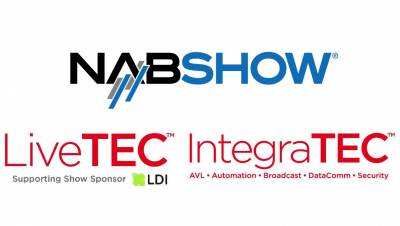
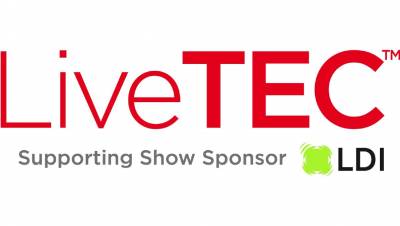

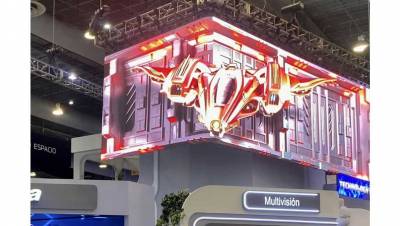



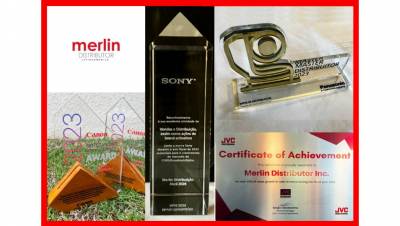














Leave your comment